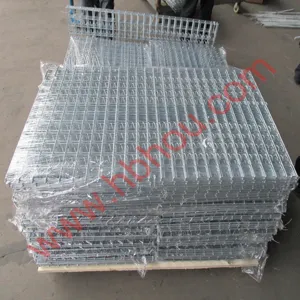Understanding Pole Float Anchors An Essential Component for Marine Stability
When it comes to marine construction and boating, stability is paramount. One of the key components that contribute to such stability are pole float anchors. These anchors provide a unique solution for securing floating structures, buoys, and other marine installations in various water bodies. Understanding how they work and their significance can enhance our appreciation for marine engineering.
What are Pole Float Anchors?
Pole float anchors are specialized anchoring systems designed to maintain the position of floating structures. They typically consist of a buoyant float that is securely attached to a pole or shaft driven into the seabed or lakebed. The float provides the necessary buoyancy to keep the structure afloat, while the pole serves as an anchor to prevent lateral movement caused by waves, wind, or current.
The design can vary depending on the specific application, but the basic principle remains the same the combination of flotation and anchorage to create a stable environment for docks, platforms, and buoys.
How Do They Work?
The operation of pole float anchors is relatively simple yet effective. When deployed, the float provides upward buoyancy, allowing the structure it supports to remain above water. At the same time, the pole or shaft extends deep into the substrate, leveraging both friction and resistance against environmental forces that could cause the structure to drift.
The effectiveness of a pole float anchor depends on several factors, including the weight and dimensions of the float, the length and material of the pole, and the nature of the substrate in which it is anchored. Research and engineering are often required to determine the ideal specifications for different environments – whether it be calm lakes, turbulent rivers, or open seas.
Applications of Pole Float Anchors
Pole float anchors are widely used in various marine applications. Some of the most common include
1. Floating Docks Used to secure floating docks or piers, ensuring they remain stable and accessible irrespective of fluctuating water levels.
2. Marinas In marinas, they are crucial for maintaining the positions of boat slips, preventing boats from drifting away due to water currents or strong winds.
3. Buoys For navigation, bathymetric, or informational buoys, pole float anchors can improve their visibility and functionality by keeping them stationed accurately at marked locations.
pole float anchors

5. Waterfront Facilities Parks and recreational facilities that feature floating stages or observation platforms also benefit from the stability provided by these anchors.
Advantages of Pole Float Anchors
The advantages of using pole float anchors are manifold
- Stability They provide enhanced stability against winds and currents, ensuring safety and functionality.
- Flexibility Their design can accommodate various weights and dimensions, making them adaptable to different marine settings.
- Reduced Maintenance Once installed, they typically require minimal maintenance compared to traditional anchoring systems.
- Environmental Impact When designed with regard to local ecosystems, pole float anchors can have a minimal impact on the surrounding environment.
Challenges and Considerations
Despite their advantages, pole float anchors are not without challenges. Factors such as sediment types, water levels, and seasonal changes can affect their performance. Ensuring that each anchor is appropriately designed and installed is crucial for maximizing their effectiveness. Moreover, environmental assessments are important to determine any potential impacts on local ecosystems.
Conclusion
In summary, pole float anchors are fundamental components in marine environments, providing the stability needed for a variety of applications. Their innovative design and functional advantages make them indispensable in ensuring the safety and reliability of floating structures. As technology advances and environmental considerations evolve, the design and application of pole float anchors will likely continue to improve, further enhancing their contributions to marine engineering and construction. By understanding and utilizing these systems effectively, we can better navigate and utilize our aquatic resources.
















